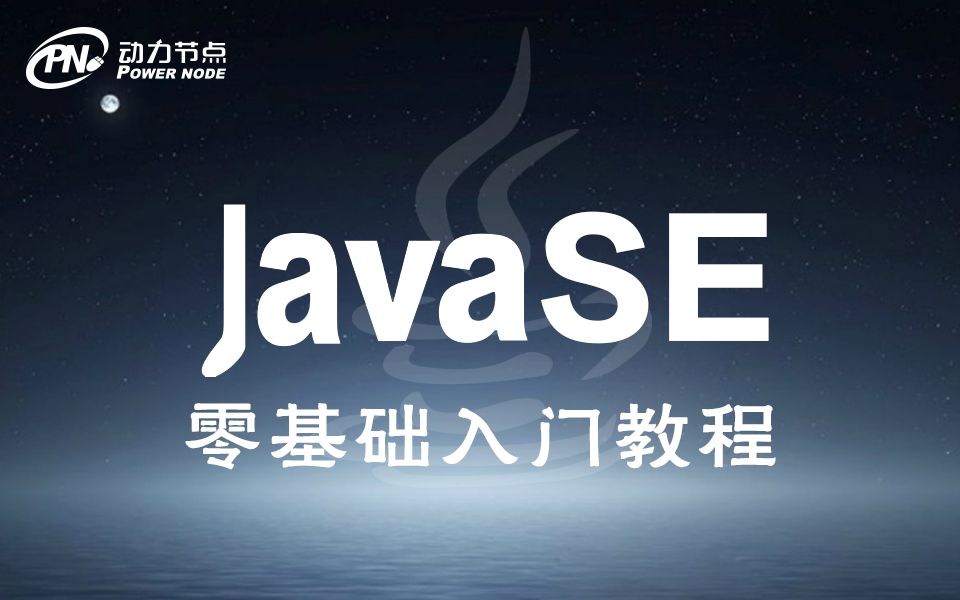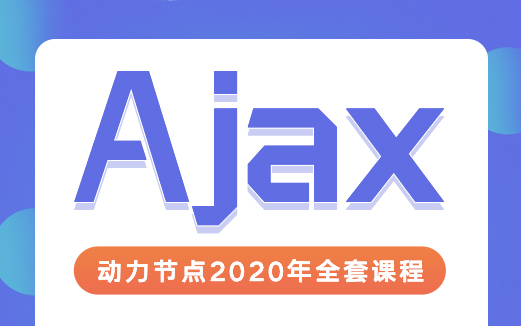Guava教程
- Guava教程
- Guava环境设置
- Guava Optional类
- Guava Preconditions类
- Guava Ordering类
- Guava Objects类
- Guava Range类
- Guava Throwable类
- Guava集合工具
- Guava Multiset接口
- Guava BiMap接口
- Guava Table接口
- Guava缓存工具
- Guava字符串工具
- Guava Joiner类
- Guava Splitter类
- Guava CharMatcher类
- Guava CaseFormat类
- Guava原语工具
- Guava Bytes类
- Guava Shorts类
- Guava Ints类
- Guava Longs类
- Guava Floats类
- Guava Doubles类
- Guava Chars类
- Guava Booleans类
- Guava数学工具
- Guava IntMath类
- Guava LongMath类
- Guava BigIntegerMath类
- Guava Multimap类
Guava缓存工具
Guava通过接口LoadingCache提供了一个非常强大的基于内存的LoadingCache<K,V>。在缓存中自动加载值,它提供了许多实用的方法,在有缓存需求时非常有用。
接口声明
以下是forcom.google.common.cache.LoadingCache<K,V>接口的声明:
@Beta
@GwtCompatible
public interface LoadingCache<K,V>
extends Cache<K,V>, Function<K,V>
接口方法

LoadingCache 示例
使用所选择的编辑器创建下面的java程序 C:/> Guava
GuavaTester.java
import java.util.HashMap;
import java.util.Map;
import java.util.concurrent.ExecutionException;
import java.util.concurrent.TimeUnit;
import com.google.common.base.MoreObjects;
import com.google.common.cache.CacheBuilder;
import com.google.common.cache.CacheLoader;
import com.google.common.cache.LoadingCache;
public class GuavaTester {
public static void main(String args[]){
//create a cache for employees based on their employee id
LoadingCache employeeCache =
CacheBuilder.newBuilder()
.maximumSize(100) // maximum 100 records can be cached
.expireAfterAccess(30, TimeUnit.MINUTES) // cache will expire after 30 minutes of access
.build(new CacheLoader(){ // build the cacheloader
@Override
public Employee load(String empId) throws Exception {
//make the expensive call
return getFromDatabase(empId);
}
});
try {
//on first invocation, cache will be populated with corresponding
//employee record
System.out.println("Invocation #1");
System.out.println(employeeCache.get("100"));
System.out.println(employeeCache.get("103"));
System.out.println(employeeCache.get("110"));
//second invocation, data will be returned from cache
System.out.println("Invocation #2");
System.out.println(employeeCache.get("100"));
System.out.println(employeeCache.get("103"));
System.out.println(employeeCache.get("110"));
} catch (ExecutionException e) {
e.printStackTrace();
}
}
private static Employee getFromDatabase(String empId){
Employee e1 = new Employee("Mahesh", "Finance", "100");
Employee e2 = new Employee("Rohan", "IT", "103");
Employee e3 = new Employee("Sohan", "Admin", "110");
Map database = new HashMap();
database.put("100", e1);
database.put("103", e2);
database.put("110", e3);
System.out.println("Database hit for" + empId);
return database.get(empId);
}
}
class Employee {
String name;
String dept;
String emplD;
public Employee(String name, String dept, String empID){
this.name = name;
this.dept = dept;
this.emplD = empID;
}
public String getName() {
return name;
}
public void setName(String name) {
this.name = name;
}
public String getDept() {
return dept;
}
public void setDept(String dept) {
this.dept = dept;
}
public String getEmplD() {
return emplD;
}
public void setEmplD(String emplD) {
this.emplD = emplD;
}
@Override
public String toString() {
return MoreObjects.toStringHelper(Employee.class)
.add("Name", name)
.add("Department", dept)
.add("Emp Id", emplD).toString();
}
}原文出自【易百教程】,商业转载请联系作者获得授权,非商业请保留原文链接:https://www.yiibai.com/guava/guava_caching_utilities.html
验证结果
使用javac编译器如下编译类
C:\Guava>javac GuavaTester.java
现在运行GuavaTester看到的结果
C:\Guava>java GuavaTester
看看结果
Invocation #1
Database hit for100
Employee{Name=Mahesh, Department=Finance, Emp Id=100}
Database hit for103
Employee{Name=Rohan, Department=IT, Emp Id=103}
Database hit for110
Employee{Name=Sohan, Department=Admin, Emp Id=110}
Invocation #2
Employee{Name=Mahesh, Department=Finance, Emp Id=100}
Employee{Name=Rohan, Department=IT, Emp Id=103}
Employee{Name=Sohan, Department=Admin, Emp Id=110}
转载自并发编程网-ifeve.com






